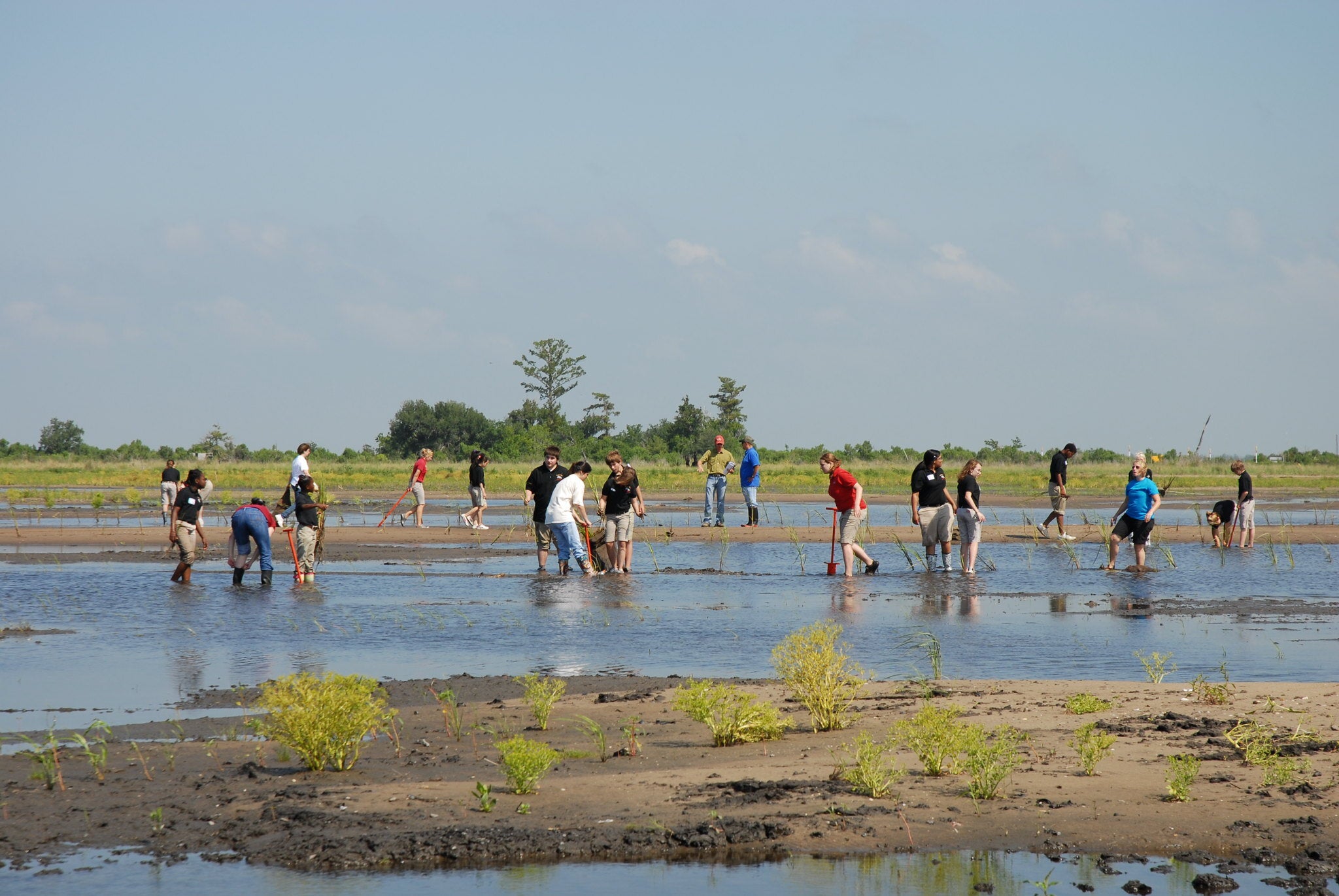The Mississippi River Basin is sensitive to two major risks – flooding and poor water quality – and future climate change effects will continue to severely increase these risks. However, a natural solution to supporting the Mississippi River Basin (MRB) is natural infrastructure, which consists of structural or perennial vegetation, and provides multiple ecosystem services with the potential to reduce flooding and nitrate loading pollution. Our research shows that wetlands and floodplains are the best natural resources to reduce flood risk and nitrate pollution. Read More
Growing Returns
Selected tag(s): natural infrastructure projects
New EDF mapping analysis identifies natural infrastructure use across watersheds
Replicable revenue streams can help natural infrastructure projects receive State Revolving Fund financing

Natural infrastructure can provide protective barriers to reduce flood risk while also offering community green space and supporting green jobs. Louisiana GOHSEP, CC BY SA 2.0.
Authors: Vincent Gauthier (EDF), Tee Thomas (Quantified Ventures)
The Bipartisan Infrastructure Law will invest more than $44 billion in the Clean Water and Drinking Water State Revolving Funds, or SRFs, presenting a tremendous opportunity to finance natural infrastructure solutions that can improve water quality and protect communities against flooding. While natural infrastructure can be a cost-effective way to improve water quality and reduce flood risk, these projects have historically been difficult to finance through SRFs due to a lack of consistent repayment streams.
EDF and Quantified Ventures recently published a report that identified five replicable repayment streams that communities and conservation groups can use to access SRF financing for natural infrastructure such as wetlands, floodplain restoration, and riparian buffers. These repayment streams include stormwater utility fees, source water protection fees, and environmental markets.









